How voting machines work: DRE Machines
More and more voters are concerned about how electronic voting machines actually work. Voting machines have become increasingly popular in many countries as a way to improve the efficiency and accuracy of the voting process. This article will explain in detail how voting machines work.
Types of Voting Machines:
There are various types of voting machines, but the two most common categories are Direct Recording Electronic (DRE) machines and Optical Scan machines.
DRE machines are touch-screen devices that allow voters to make their selections electronically. Votes are stored digitally, and some machines may provide a paper trail for auditing purposes.
Optical scan machines use paper ballots that are marked by voters and then scanned by the machine. The machine reads and tallies the votes automatically. (we will explain this type voting machine in another article.)
Direct Recording Electronic (DRE) voting machines are touch-screen devices that allow voters to make their selections electronically. the DRE specific work steps are as follows:
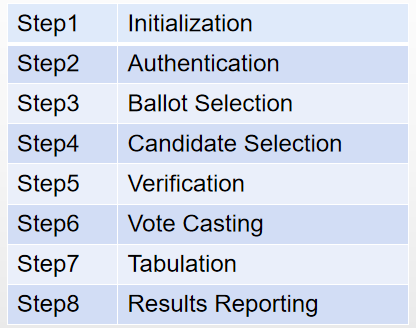
Step1.Initialization: Before the voting begins, the voting machine is initialized by election officials. This process involves verifying the integrity of the machine, setting up the ballot configuration, and ensuring that the machine is ready for voters.
Step2.Authentication: When a voter arrives at the polling station, they are verified and authenticated according to the established procedures. This may involve presenting identification documents or checking the voter registration database.
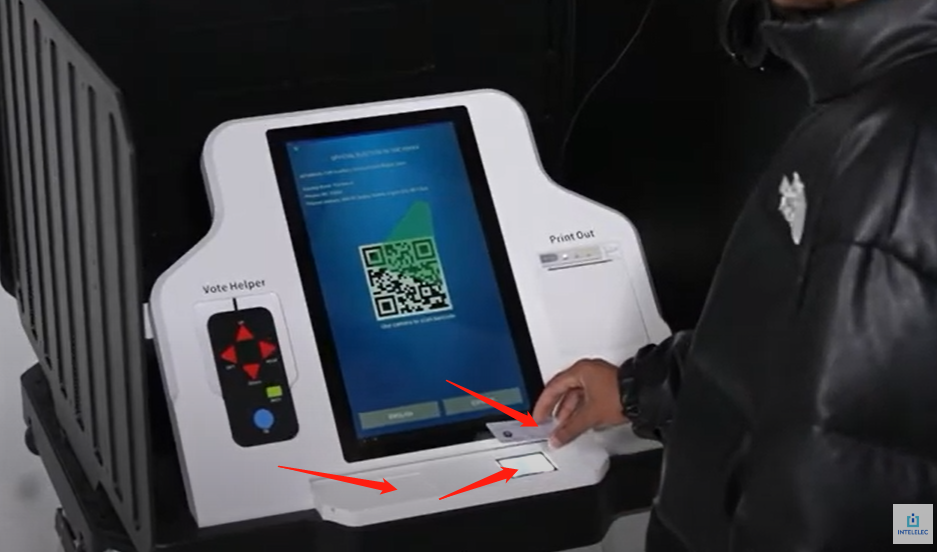
Step3.Ballot Selection: Once authenticated, the voter proceeds to the voting machine. The machine presents the ballot on a touch-screen interface. The ballot typically includes the list of candidates or issues to be voted on.
Step4.Candidate Selection: The voter interacts with the touch screen to make their selections. They can navigate through the ballot, review the candidates or options, and choose their preferred choices by tapping on the screen.
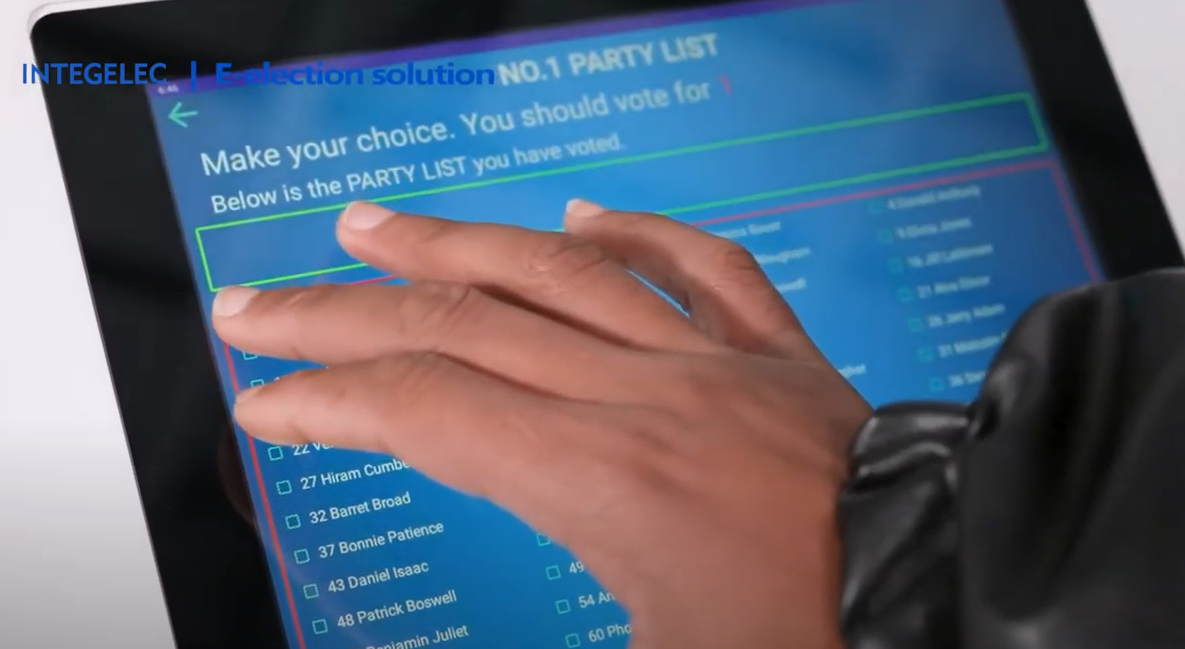
Step5.Verification: After making their selections, the voting machine usually provides a summary screen displaying the voter's choices. This allows the voter to review their selections and make any necessary changes before finalizing their vote.
Step6.Vote Casting: Once the voter is satisfied with their selections, they can cast their vote. The voting machine records the voter's choices electronically, typically by storing the data on internal memory or removable media.
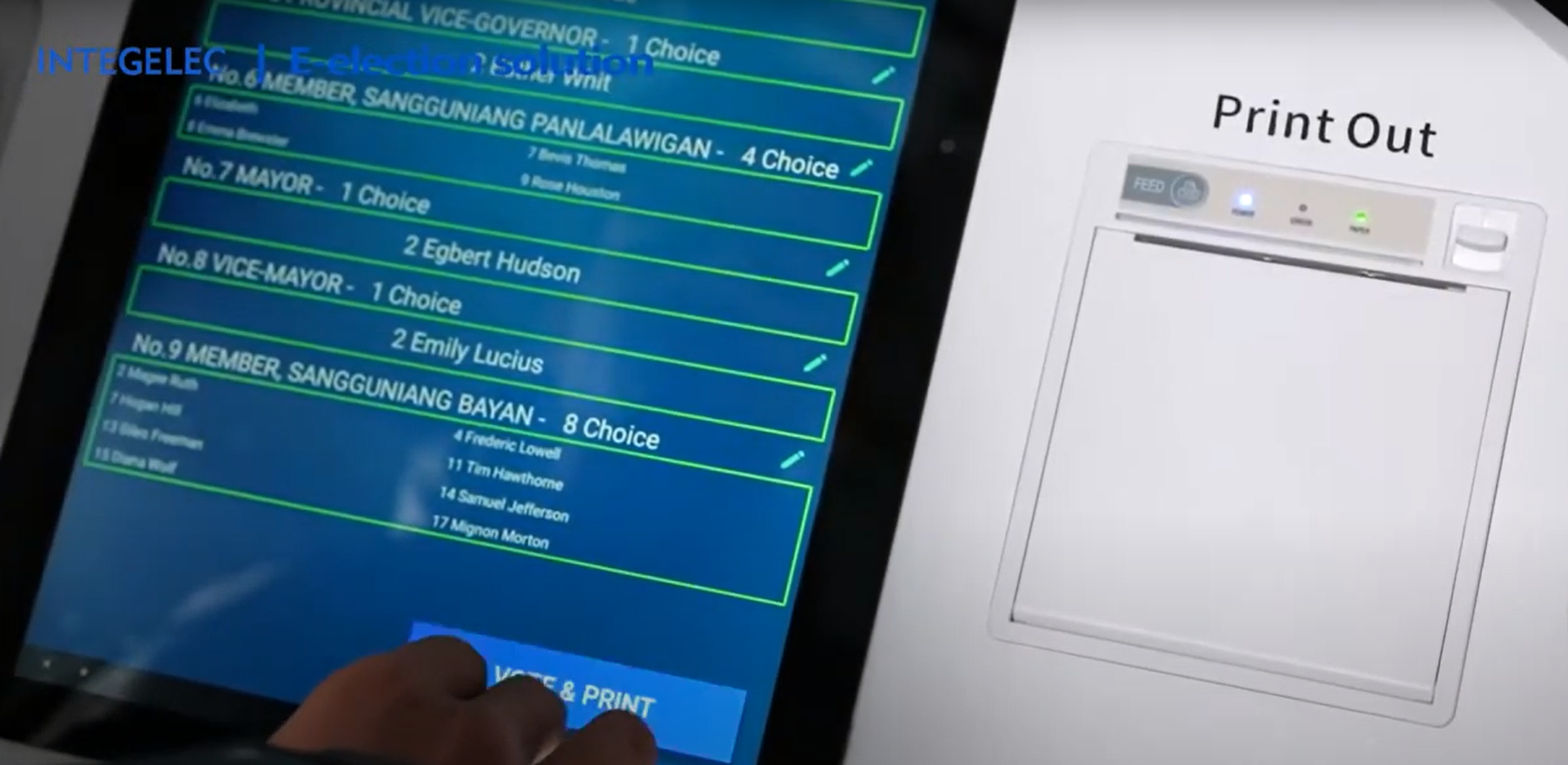
Step7.Tabulation: At the end of the voting day, or periodically throughout the day, the voting machine's internal memory or removable media is collected and transported securely to a central location. The votes recorded by the machines are then tabulated, either by connecting the machines to a central system or by transferring the data electronically.
Step8.Results Reporting: The tabulated results are compiled and reported to election officials. Depending on the specific system in use, the results may be transmitted electronically, printed out, or both.
DRE100A machine have additional features like accessibility options for voters with disabilities, and voter-verified paper audit trails (VVPATs) that provide a physical record of the vote.
If you are interested in more information about this DVE100A machine,
please feel free to contact us: Integelection
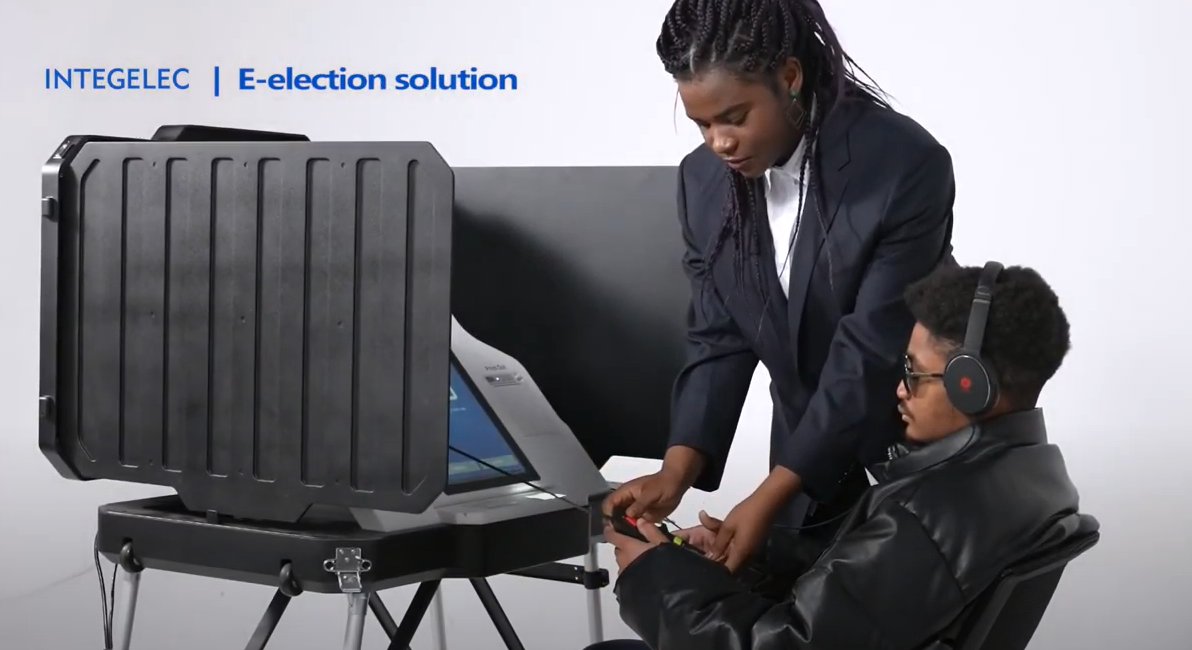
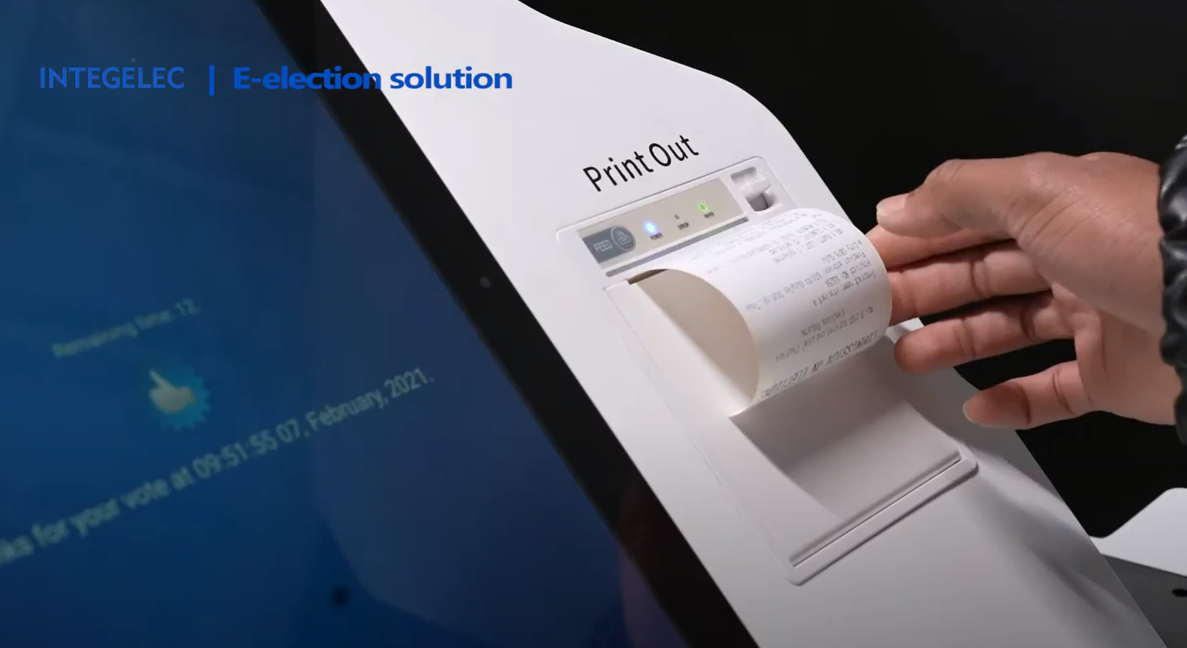
Post time: 31-05-23




